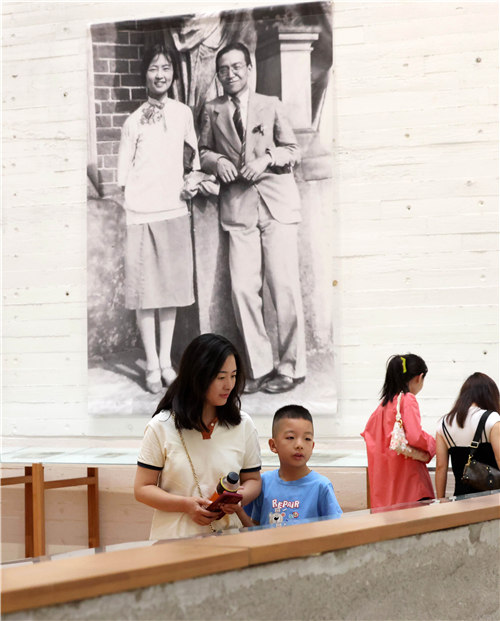

Major influence
Su Dan, deputy director of the China National Arts and Crafts Museum in Beijing, says that it was through Hou Youbin, a disciple of Lin and Liang Sicheng and an expert in ancient Chinese architectural history, that he first got wind of Foguang Temple. Over the course of 40 years, Su says that he visited the temple countless times and retraced the couple's steps as they explored ancient buildings.
Wang of the Palace Museum says: "Generations of Chinese architects grew up heavily influenced by Lin and Liang. I have visited Shanxi many times, far more than even they did, yet everything I do is rooted in their work. History failed to give Lin Huiyin and Liang Sicheng their just deserts."
Shanxi is a repository of ancient Chinese architecture, and is home to more than 80 percent of the ancient wooden buildings of the Yuan Dynasty (1271-1368) and earlier. Yet, the couple visited the province just four times.
In July 1937, as they left Foguang Temple, they received news of the Marco Polo Bridge Incident in Beijing, marking the full-scale outbreak of the Chinese people's War of Resistance Against Japanese Aggression (1931-45). Amid national turmoil, they threw themselves into protecting ancient buildings.
By that time, young women who studied architecture at Pennsylvania University were finally able to treasure their diplomas, a joy Lin never experienced.
After her death, she was buried at the Babaoshan Revolutionary Cemetery in Beijing, which she designed, taking a revered place with many other important figures of modern Chinese history. The words that her husband Liang Sicheng chose to inscribe on her tombstone could be no simpler, nor more fitting — "Lin Huiyin, architect".